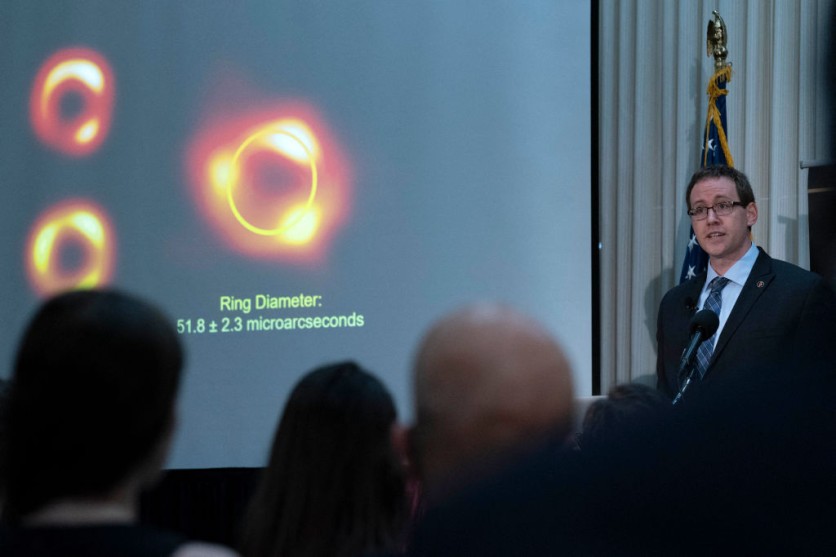For decades, the concept of faster-than-light travel has fueled the imaginations of science fiction enthusiasts, with Star Trek's warp drive standing as a prominent example. But could this fantastical mode of transportation ever become a reality?
No, nothing can travel faster than light, according to the known rules of physics. Hence the answer is provisionally "no." Space is enormous, despite the fact that light travels faster than it takes for the Earth to complete seven full rotations in one second.
The sun's light takes eight minutes to reach Earth, and it would take four years to get to the nearest star, Proxima Centauri. Since most stars are far farther away than most planets, travel time would also be significantly longer. Because of the great distances, interstellar travel would need a lifetime.

It Could Be Possible Theoretically
There have been intriguing discussions about the feasibility of warp drive-like technologies in the realm of theoretical physics. One notable proposition is the Alcubierre drive, named after physicist Miguel Alcubierre, who proposed a way to achieve faster-than-light travel without violating the laws of physics.
The concept involves creating a "warp bubble" that contracts spacetime in front of a spacecraft and expands it behind, allowing the vessel to ride a wave of distorted spacetime. While mathematically sound, this idea comes with significant challenges.
One of the main obstacles is the requirement for "exotic matter," a hypothetical form of matter with negative energy density. This exotic matter would be used to create the warp bubble. But this matter remains purely speculative right now and has never been observed or created in the laboratory.
Theoretical physicists continue to grapple with the nature and existence of such matter, leaving a major hurdle in the development of a practical warp drive. Another critical concern is the immense energy requirements.
The energy needed to warp spacetime on the scale proposed by the Alcubierre drive is astronomical, far beyond any current or foreseeable technological capabilities. Harnessing and directing this colossal energy in a controlled manner poses significant engineering and theoretical challenges.
Wormhole Travel
An intergalactic structure known as a wormhole connects far-off locations in spacetime. Einstein-Rosen Bridge is another name for it. The foundation of the entire concept is some unique outcomes of the field equations for general relativity.
It can be visualized as having two ends at various locations in spacetime, like a tunnel or bridge. It could be multiple geographical or temporal locations.
The general theory of relativity is at the core of wormholes. Physical existence has not been proven, though. Wormholes might only be elaborate projections of a four-dimensional spacetime fabric.
Hatim Salih, a quantum physicist and honorary research fellow at the University of Bristol's Quantum Engineering Technology Labs, has a novel theory that suggests a method for making a physically feasible version of the hypothetical structure known as a wormhole, which connects two places in spacetime.
"Counterportation," a method that uses quantum physics to transmit information across space without exchanging any particles, would be used in the recently proposed experiment.
Salih hypothesized that moving someone from one location to another would be feasible by transferring their consciousness into a quantum object, effectively building a physical bridge across spacetime.
Salih's main argument is based on the idea that if a person's consciousness is replicated into a quantum object and this item has a subjective experience, then it might be able to explain what it's like to travel through a wormhole.
According to Salih, building a travelable wormhole using a specific form of a quantum computer is possible, demonstrating the existence of an underlying physical reality.
Advancements in our understanding of fundamental physics could potentially open new avenues for exploring warp drive possibilities. Concepts like negative energy and exotic matter might eventually find empirical validation or innovative workarounds.
However, progress in this field is slow, and the practical realization of a warp drive, if achievable, remains decades or even centuries away.
Related Article : Caltech Scientists Create a 'Baby Wormhole' with Quantum Computing For the First Time

ⓒ 2025 TECHTIMES.com All rights reserved. Do not reproduce without permission.




